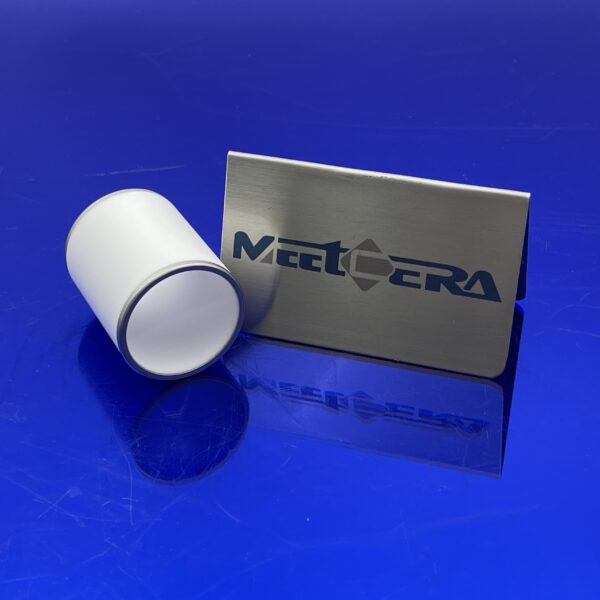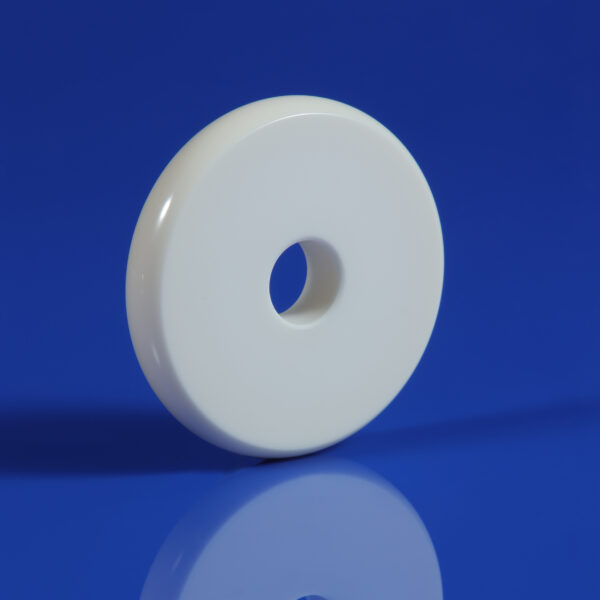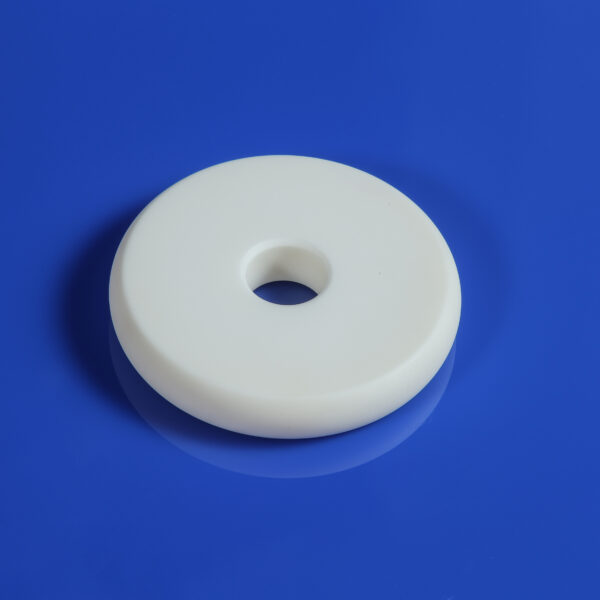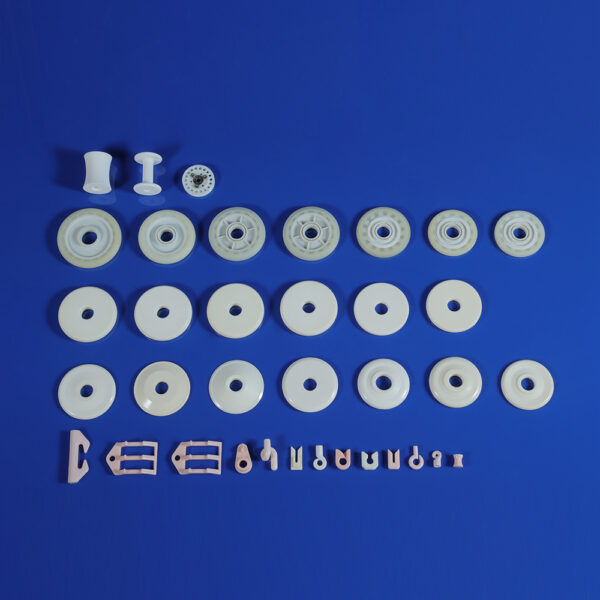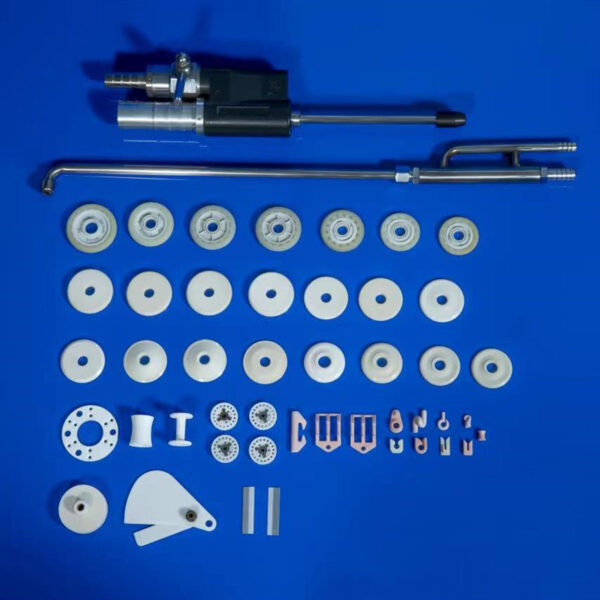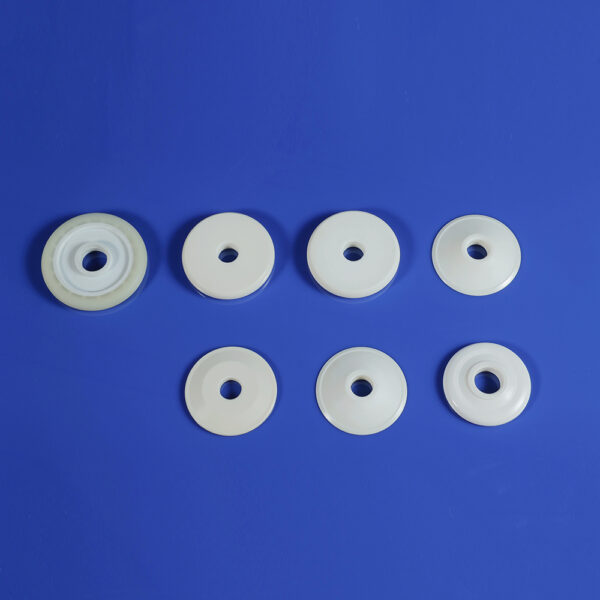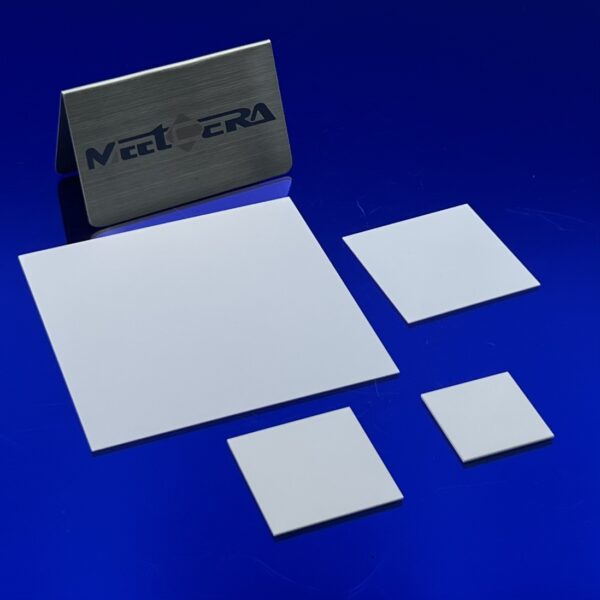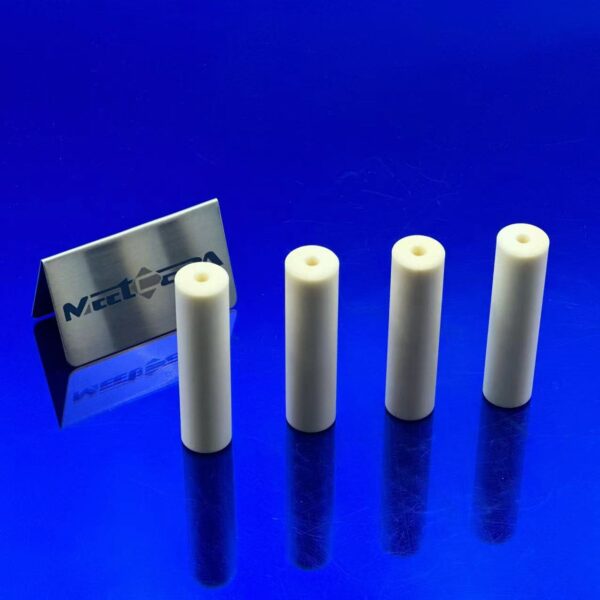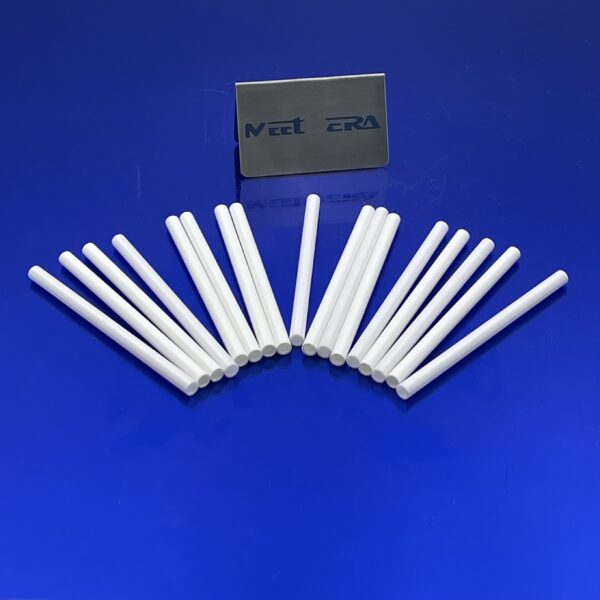Textile ceramic working tray function:
- The textile ceramic working tray has bearing and supporting function
- The textile ceramic working tray has wear-resistant protection function
- The textile ceramic working tray has insulation performance guarantee
- Textile ceramic work trays can accurate guidance and positioning
|
Property
|
Unit
|
92% Alumina Ceramic
|
95% Alumina Ceramic
|
99% Alumina Ceramic
|
|
|
Density
|
g/cm3
|
≥3.63
|
≥3.68
|
≥3.83
|
|
|
Water absorption
|
%
|
O
|
O
|
O
|
|
|
Sintering temperature
|
°C
|
1500-1700
|
1600-1800
|
1700-1800
|
|
|
Hardness
|
HV
|
≥1400
|
≥1500
|
≥1650
|
|
|
Flexural strength
|
Kgf/cm2
|
3000
|
3000
|
3000
|
|
|
Compressive strength
|
Kgf/cm2
|
24000
|
25000
|
26000
|
|
|
Fracture toughness
|
Map.m3/2
|
3~4
|
3~4
|
4~5
|
|
|
Maximum temperature
|
°C
|
1600
|
1700
|
1800
|
|
|
Coefficient of thermal expansion
|
/°C
|
8*10-6
|
8*10-6
|
8*10-6
|
|
|
Heat shock
|
T(°C)
|
220
|
220
|
220
|
|
|
Thermal conductivity
|
W/m.k(25-300°C)
|
25 14
|
25 14
|
25 14
|
|
|
20°C
|
>1012
|
>1012
|
>1012
|
||
Textile ceramic working trays for mechanical performance:
- High Hardness:
Ceramic materials have very high hardness and usually far exceed common materials such as metals. For example, alumina ceramics are second only to diamond in hardness. This high hardness makes ceramic work discs less likely to be scratched or worn when subjected to the friction of textile materials such as yarns and fibers and mechanical forces during equipment operation, and can maintain the flatness of the surface and the integrity of the structure for a long time, providing a stable and reliable support and operation foundation for textile processing.
- High Strength:
- High Strength:
It has relatively high strength indicators such as compression resistance and bending resistance. After being installed and used in textile machinery, even if it bears certain pressures (such as axial and radial pressures generated during yarn winding) and possible accidental impacts (such as the vibration impact at the moment of equipment start-up or stop), ceramic work discs are not prone to damage such as cracking and deformation, ensuring the normal and orderly progress of textile production and reducing equipment downtime and maintenance costs caused by work disc damage.
Textile ceramic working trays for physical performance:
- High Temperature Resistance: In some textile processes, local high-temperature environments may be generated due to equipment operation, or heating treatment of textile materials may be required. Ceramic work discs can adapt well. For example, silicon nitride ceramics can withstand relatively high temperatures and still maintain stable mechanical properties under high temperature conditions without softening, deformation and other phenomena that affect textile operations, ensuring reliable application in special high-temperature textile processes.
- Low Density:
Compared with some metal work discs, ceramic work discs usually have a lower density. This makes it not add excessive load weight to the rotating parts of the equipment in the overall assembly of textile machinery, which is conducive to the flexible operation of the equipment and reduces power consumption, reduces the energy cost of equipment operation, and also facilitates the structural layout and installation and debugging of the equipment.
- Good Dimensional Stability:
- Good Dimensional Stability:
The thermal expansion coefficient of ceramic materials is generally relatively small. In an environment with temperature changes, its size changes slightly and it can accurately maintain its own shape and size specifications. For example, in high-precision textile machinery, the stability of the work disc size is crucial for ensuring the accurate guidance, positioning and uniform winding of yarns and other operations, and can effectively avoid quality fluctuation problems of textile products caused by changes in work disc size.
Textile ceramic working trays for chemical performance:
- High Chemical Stability:
Ceramic work discs have strong tolerance to most chemical substances such as acids, alkalis and salts. In the textile production environment, even if in contact with some chemical auxiliaries used for textile material treatment (such as some weakly acidic or alkaline dye solutions during the dyeing process), or in a workshop environment with moisture and corrosive gases, chemical reactions will not occur and they will not be corroded or deteriorated. They can always maintain their own performance and structural integrity, prolonging their service life and avoiding pollution to textile materials caused by chemical corrosion.
- Oxidation Resistance:
- Oxidation Resistance:
When exposed to an aerobic environment such as air for a long time, ceramic work discs will not be prone to oxidation reactions like some metal materials, and there will be no thickening or peeling of the oxide film on the surface that affects its performance and appearance. This makes it stable and reliable whether in the inventory stage or the actual use stage, reducing maintenance and performance degradation problems caused by oxidation.
Textile ceramic working trays for electrical performance:
- Good Insulation:
Ceramics are excellent insulating materials. When textile machinery involves electrical control and electrostatic protection, ceramic work discs can effectively block current and prevent leakage, ensuring the safety of operators and the normal electrical operation of textile equipment. At the same time, it can also avoid adverse phenomena such as adsorption and entanglement of yarns and fibers due to electrostatic accumulation, which helps the smooth progress of textile processes and improves the quality of textile products.
Application:
Alumina is the best-known advantaced ceramicmaterial, is widely used in
1.Automotive
2.Petro-chemical
3.Fluid control
4.Material transfer
5.Industry
6.Electrical and electronic
7.Semiconductor
8.Sapphire is single-crystal alumina.
Alumina is the best-known advantaced ceramicmaterial, is widely used in
1.Automotive
2.Petro-chemical
3.Fluid control
4.Material transfer
5.Industry
6.Electrical and electronic
7.Semiconductor
8.Sapphire is single-crystal alumina.
Textile ceramic working trays for customized service :
According to the models and specifications of different textile machinery and the requirements of specific textile processes,we can provide customized product services. From the size (diameter, thickness, etc.) and shape (round, square, special-shaped, etc.) of the work plate to the detailed structures such as surface grooves and holes, they can all be specially designed and manufactured according to customer needs to adapt to various complex textile production scenarios and meet diverse textile processing requirements.

